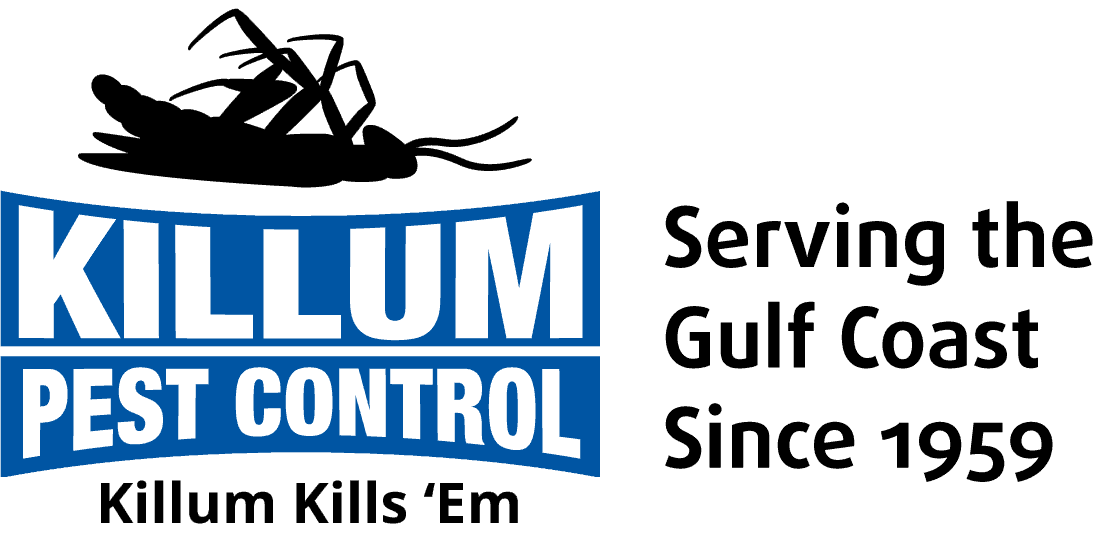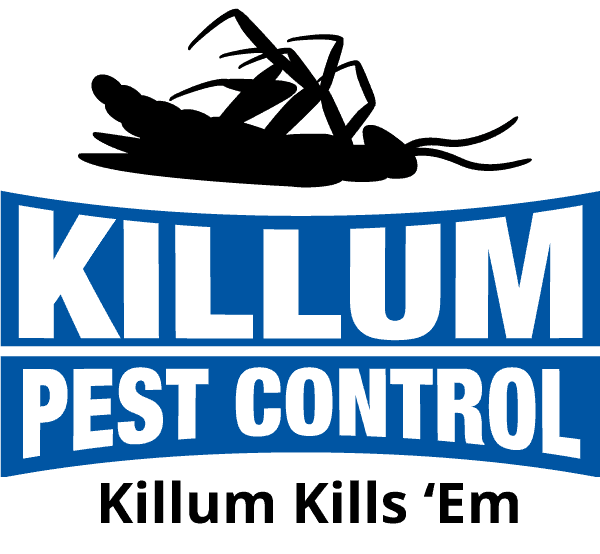Texas is a beautiful and diverse state, but with its warm climate comes some significant pest control challenges for homeowners. Some pests can cause extensive damage to your property and jeopardize its structural integrity. To safeguard your Texas home, it’s essential to understand the most destructive pests in the region and take appropriate preventive measures.
In this informative listicle, we’ll introduce you to the five most destructive pests in Texas and share valuable tips on how to protect your property from their unwelcome advances. By identifying these notorious pests, understanding their habits and impact, and implementing effective prevention strategies, you can ensure the safety and longevity of your Texas home. Arm yourself with knowledge, stay vigilant, and maintain a pest-free environment with the help of Killum Pest Control — your trusted partner in the fight against pests in the Texas Gulf Coast area.
1. Termites: The Silent Destroyers
Termites are infamous for causing extensive structural damage to Texas homes. They feed on wood, and their colonies can contain thousands of individuals working together to consume and destroy your property relentlessly. The most common species found in Texas are the Eastern subterranean termite, the Formosan subterranean termite, and the drywood termite.
Preventing termite damage begins with regular property inspections from a professional exterminator like Killum Pest Control. Eliminate wood-to-soil contact, as this makes it easy for subterranean termites to access structures. Ensure adequate ventilation in crawl spaces and attics to reduce excess moisture, which attracts termites. Maintain your property by fixing leaks, removing dead trees, and moving firewood away from your home.
2. Carpenter Ants: The Wood Excavators
Carpenter ants can cause moderate to severe wood damage as they excavate galleries within structures for nesting purposes. Unlike termites, these ants do not consume the wood but can still weaken the structural integrity of your home. Be on the lookout for small piles of “sawdust” (frass) around wooden structures, and listen for faint rustling sounds in your walls.
To prevent carpenter ant infestations, eliminate moisture problems by repairing leaks and ensuring proper drainage. Seal entry points such as gaps around windows, doors, and plumbing. Remove food sources by properly storing food in sealed containers and cleaning up spills and crumbs promptly. Trimming trees and vegetation that could serve as bridges for ants to access the house also helps.
3. Roof Rats: The Agile Invaders
Roof rats can cause significant damage to homes by gnawing on insulation, electrical wires, and wooden structures. They also pose health risks by contaminating food and spreading diseases. These pests are agile climbers, making attics and rooftops their preferred nesting sites.
To prevent roof rat infestations, eliminate possible entry points by sealing gaps and holes in the walls, roof, and eaves. Trim trees and shrubs near the house to remove access points to the roof. Keep your property clean and clutter-free, as roof rats are attracted to areas providing nesting materials and potential food sources. Remove any potential food by properly storing edibles in sealed containers and cleaning up fruit that has fallen from trees.
4. Wood-Boring Beetles: The Hole Makers
Wood-boring beetles, such as the powderpost beetle and the old house borer, lay their eggs in wood and the larvae feed on the cellulose within, weakening the structure. Infestations can be challenging to detect, as damage is often hidden within the wood. Look for holes in wooden structures and fine, powdery frass accumulating beneath.
Preventing wood-boring beetles involves replacing or treating infested wood. Regularly inspect wood in your home, especially during the beetle’s active season (typically between April and July). Store firewood outdoors and away from your house, and seal unfinished wood with paint, varnish, or wax to make it less attractive to beetles. Ensure firewood is dry and properly seasoned to minimize the risk of bringing beetles indoors.
5. Squirrels: The Fluffy Nuisances
Eastern gray squirrels and fox squirrels are common in Texas. They may be cute, but they are notorious for gnawing on wooden structures, invading attics, chewing on electrical wires, and destroying insulation. They can carry parasites and diseases, posing a health risk to humans.
To prevent squirrels from damaging your property, seal entry points into your attic and trim overhanging tree branches to limit their access. Install squirrel guards on power lines to reduce wire damage. Cover vents and chimneys with sturdy wire mesh to keep squirrels out. Do not encourage their presence by providing food sources, such as open garbage bins or bird feeders.
Extra Measures for Protecting Your Property
1. Regular Inspections
Conduct regular property inspections, both inside and out, to identify early signs of pest infestations. Early detection allows for prompt corrective action, mitigating damage to your home.
2. Consult with a Professional
Engaging a pest control expert like Killum Pest Control ensures your home receives comprehensive protection against destructive pests. Regular inspections, treatments, and maintenance carried out by experienced professionals will keep your Texas property safe and pest-free.
Keep Your Texas Home Safe from Destructive Pests with Killum Pest Control
Protecting your home from the most destructive pests in Texas requires vigilance, proactive measures, and professional support. By identifying invaders, implementing effective preventive actions, and addressing infestations promptly, you can minimize the risk of costly damage to your property.
Partner with Killum Pest Control to benefit from our team of industry experts committed to keeping your home safe from the adverse effects of pests. Our comprehensive pest control services encompass inspection, treatment, and ongoing maintenance to ensure your home remains structurally sound and secure for years to come. Don’t let pests compromise the safety and comfort of your living space – contact Killum Pest Control today and experience the unparalleled quality and reliability of our Texas Gulf Coast pest control solutions.




